The wine holds extraordinary surprises for the attentive and passionate taster. The search for its innermost secrets can only be satisfied through tools capable of grasping all the facets made of colors, scents and tactile sensations that represent its essence. Each wine is different from the other. Our proposal ranges through the offer of glasses for white, red, rosé and sparkling wines. Be inspired by a range of tools to help you capture the best of the wine you are about to taste. Here are some ideas for a perfect wine tasting through visual examination.
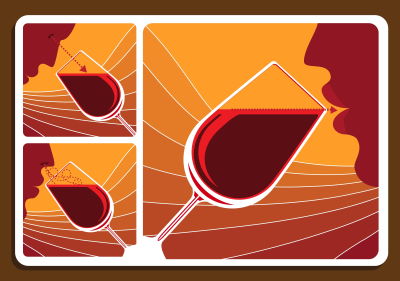
Visual examination: the rules and principles for a correct wine tasting
Visual inspection during wine tasting is the first step towards discovering the hidden truths. A careful analysis of its color, its brilliance and the degree of transparency is the essential approach to begin to understand the product in front of us. Color, of course, is what strikes first. We must pay close attention, however, to the nuances of the color you are going to analyze. Everyone, in fact, knows how to distinguish a white, a red and a sparkling wine, but it is equally true that many miss the nuances and facets that are the basis of the evaluation of the wine.
White wines
The tasting of white wines is often considered among the simplest. In fact, saying that the wine in the glass is a white is somewhat limiting. The visual examination, in fact, goes beyond the obvious and continues through the search for facets that speak of its age, its vinification, the terroir and much more. First, white is relative. Young white wines can range from straw yellow to greenish yellow. Brilliance, very dear to sparkling wines, refers to the ability to refract light, while transparency is the absence of substances or residues suspended in the liquid. A perfect wine tasting glass allows you to give a precise evaluation and consequently a correct judgment. Industry experts such as sommeliers, oenologists, winemakers and enthusiasts make use of glasses made for this purpose, considering them as real tools of the trade. To shed some light on the color of white it is good to take its vividness of color as a reference. A white wine that veers towards dull, almost amber shades speaks of a time now gone. Golden shades, on the other hand, can be found in passito wines and late harvests in which the characteristic color speaks of a precise vinification aimed at capturing the peculiar characteristics of the grape that lends itself to this type of processing.
Red wines
As with white wines, the visual examination of red wines is also the pass to careful and consistent wine tastings. Red wine, in fact, can present shades and nuances that turn towards ruby red, garnet, orange or brick. They represent a scale for assessing your age. With the right wine glass you will have fun giving the wine an age even before moving on to the olfactory and gustatory examination. The wine glass is the best adventure companion for sommeliers and enthusiasts who are looking for the innermost secrets of the nectar of the gods. The shape of the red wine glass is not made by chance. Each type takes into account the reaction of the liquid according to the vinification, the vintage and the state of conservation. Classic glasses can be used for red wines up to 5 years old. To taste aged wines, large glasses will be useful that allow perfect oxygenation and are able to convey the aromas towards the nose. On our site you will find the best of wine tasting glasses, made to derive greater satisfaction from your wine experience.
Accessories for tasting: the tools of the wine sommelier trade
Here are some tips that will help you understand the shape and type of glass that best suits the visual examination of the wine.
Small glasses for white wines obtained from:
- Trebbiano
- Courteous
- Garganega
- Bianchetta
- Riesling
Large glasses for full-bodied white wines from grapes:
- Chardonnay
- Pinot
- Traminer
- Moscato
- Sauvignon
- Slave
- Dolcetto d'Alba
- Valpolicella
- Lambrusco
- Gamay
Large glasses for full-bodied and long-lived red wines obtained from:
- Cabernet
- Nebbiolo
- Nero d'Avola
- Syrah
- Merlot
- Sangiovese
Finally, for the tasting of sparkling wines, a substantial distinction must be made. In order to grasp the visual nuances of champagnes and other wines produced according to the classical method, it is necessary to use the flute. This type of glass allows, in fact, to evaluate the consistency and persistence of the perlage, synonymous with accurate and meticulous vinification. The cups, on the other hand, are recommended to capture the organoleptic characteristics of sweet sparkling wines, especially those based on muscat. In this case, in addition to the visual aspect, the variety of fruity aromas, characteristic of the grape, takes on particular importance.
National and international wine events
The world of wine is a separate universe that involves a large number of professionals. Oenologists, sommeliers, wineries, winemakers and enthusiasts love to meet at trade fairs and sector events to discuss and deepen their knowledge. Fairs such as Vinitaly, Prowine, Salone del Gusto, Cibus are some of the annual events not to be missed to view the latest enological innovations and accessories that revolve around wine.

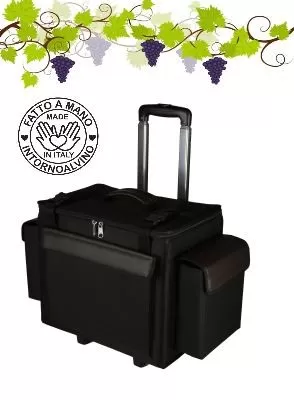
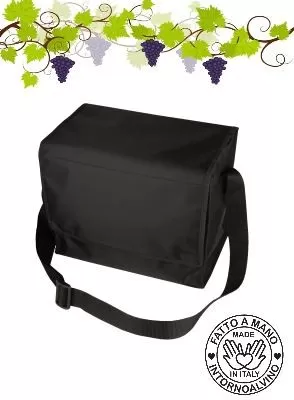
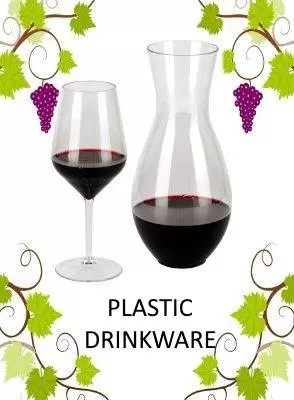
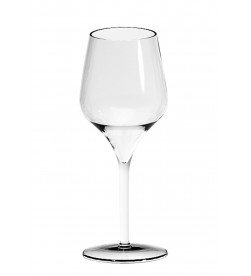

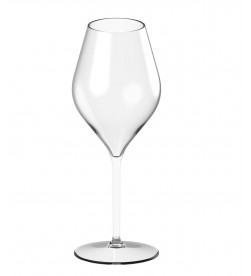

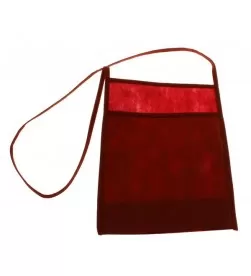
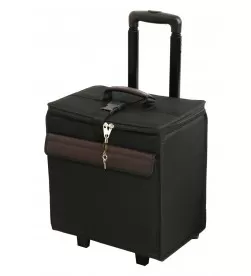

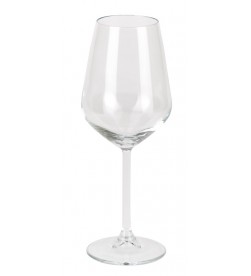

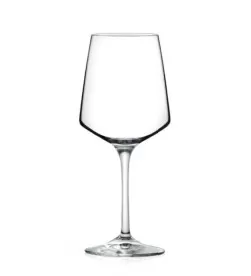
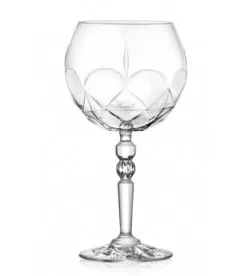

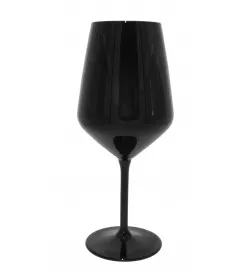


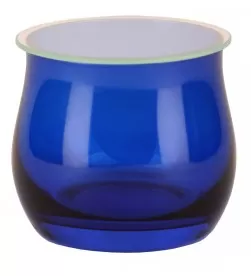
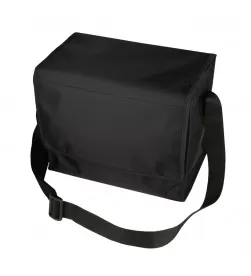


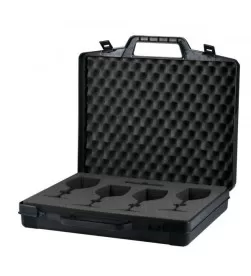

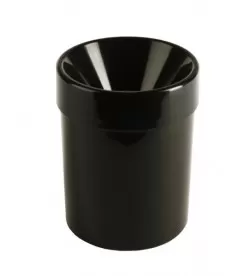
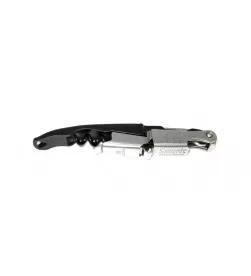

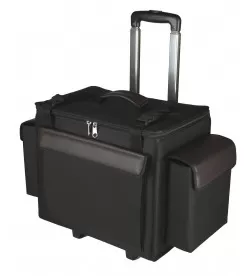

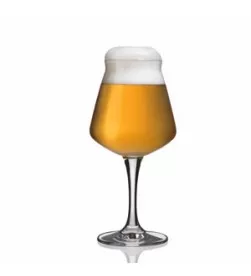

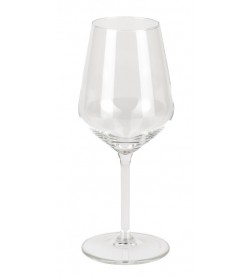

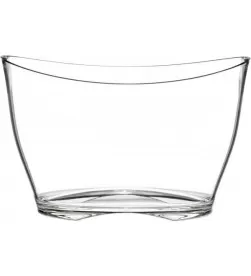

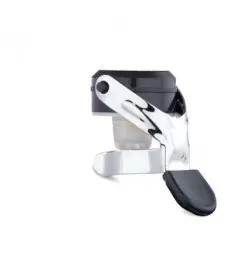
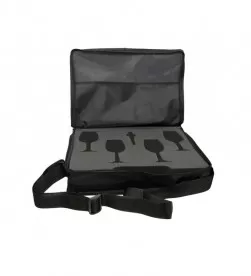

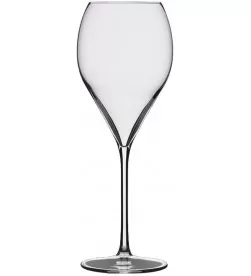

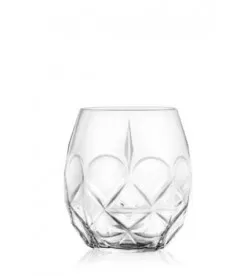

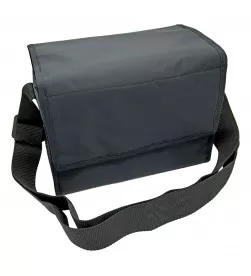

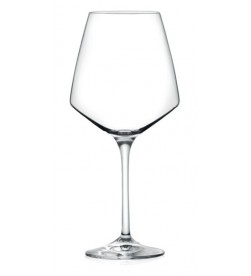

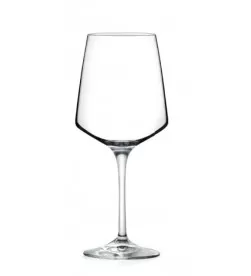

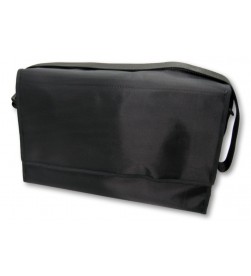



 Tasting
Tasting
 The sommelier's tools
The sommelier's tools
 Tasting events
Tasting events
 Personalized Plastic Glasses: Quality, Design with Plastic Glasses
Personalized Plastic Glasses: Quality, Design with Plastic Glasses
 Hard plastic glasses are essential during summer holidays
Hard plastic glasses are essential during summer holidays
 Crystal glasses and stemware: that subtle transparency
Crystal glasses and stemware: that subtle transparency
 Cantine Aperte at Christmas: Wine Tasting
Cantine Aperte at Christmas: Wine Tasting
 Back to School: Learning to Taste Wine Properly
Back to School: Learning to Taste Wine Properly